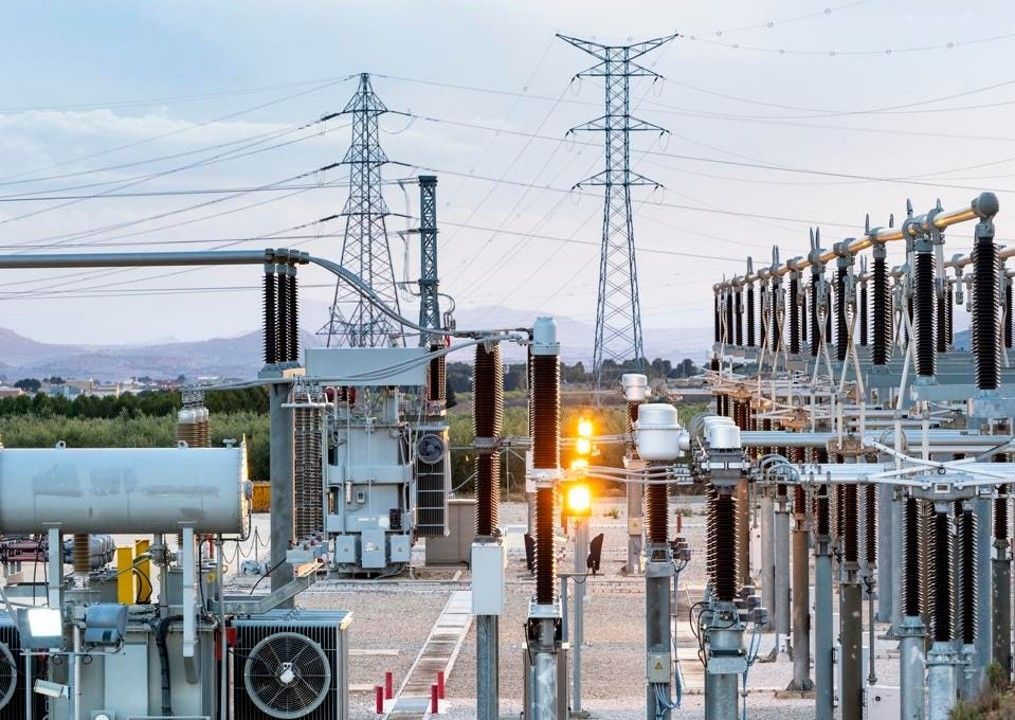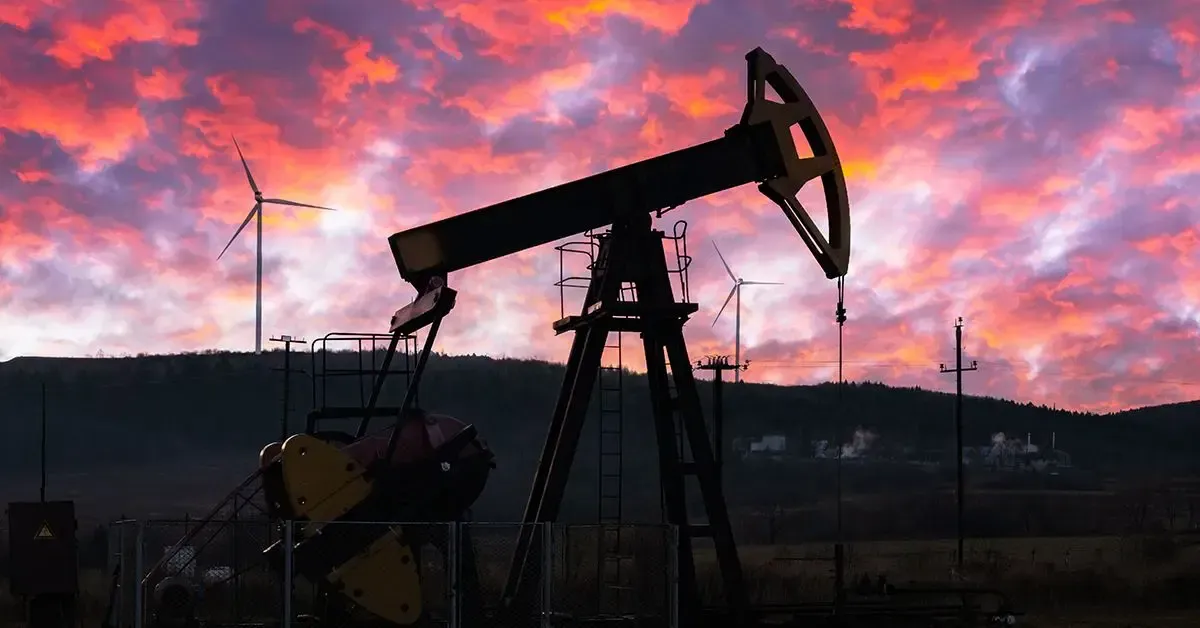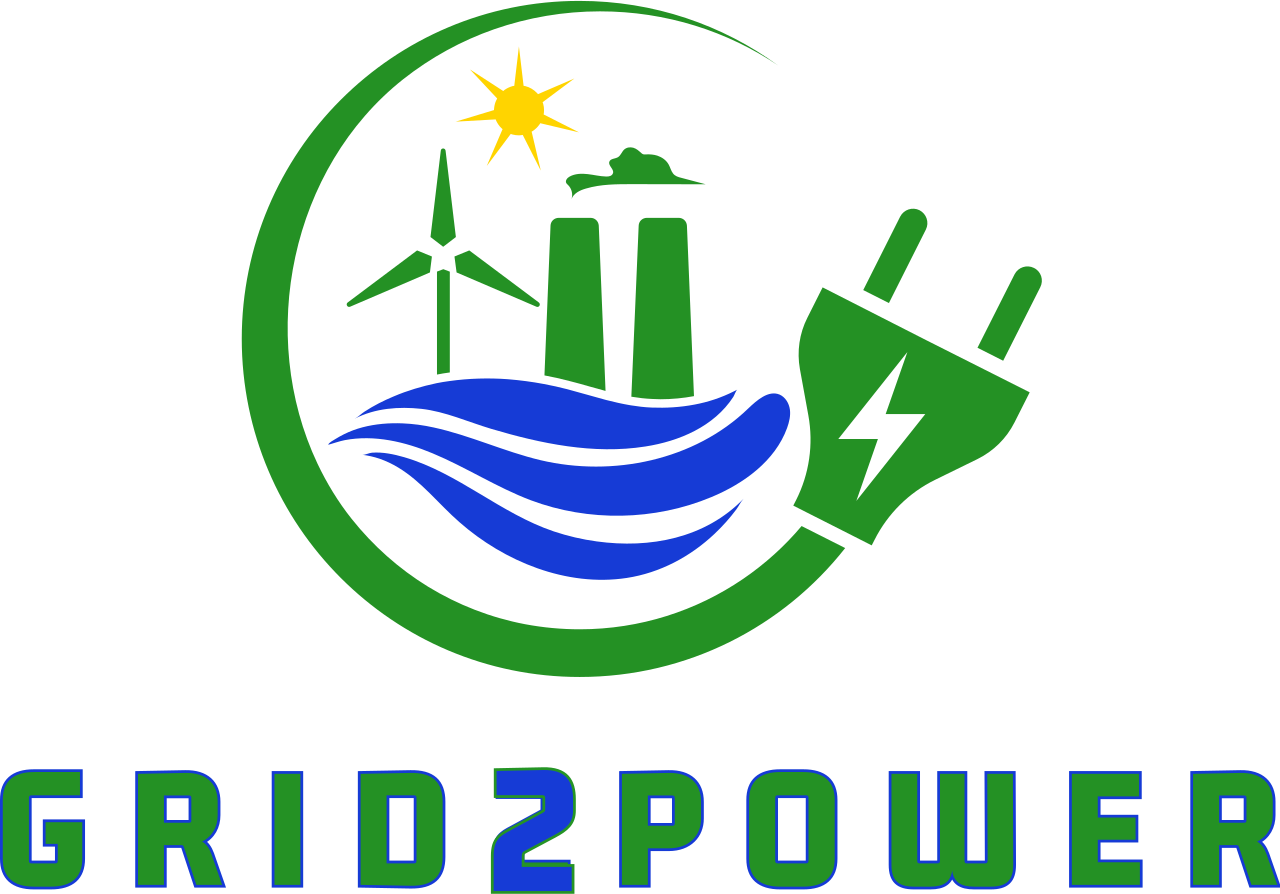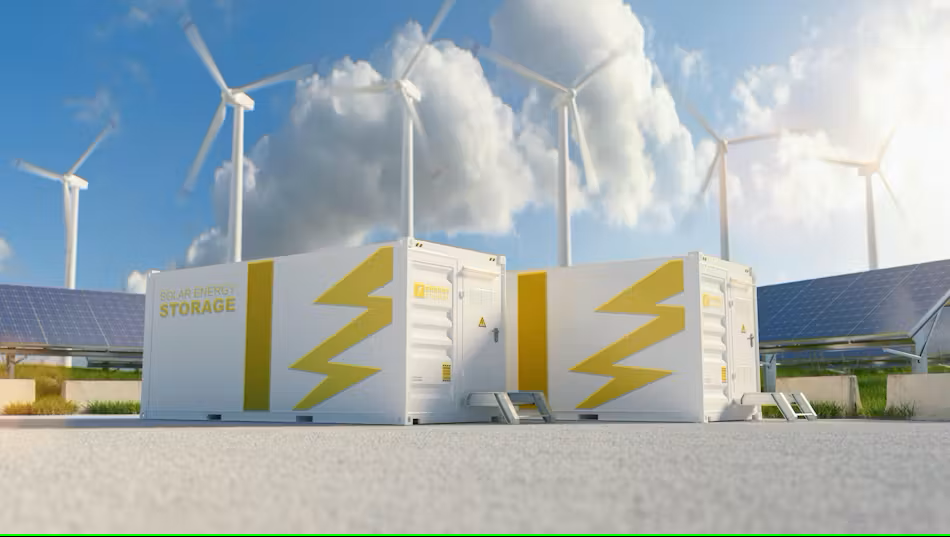Elon Musk’s AI Supercomputer Faces Power Hurdles: Could Flare Gas Be the Solution?
Benj Edwards’ article “Elon Musk claims he is training “the world’s most powerful AI by every metric” (2024), retrieved from News Channel 3 WREG Memphis, outlines Musk’s unveiling of what he claims is "the world’s most powerful AI training cluster" at xAI's new supercomputer facility in Memphis, Tennessee. This facility, dubbed the "Memphis Supercluster," boasts a staggering 100,000 liquid-cooled H100 GPUs connected via a single RDMA fabric, promising to give xAI a significant edge in AI training (Edwards, 2024). However, as with many of Musk's ambitious projects, there are notable hurdles that could impact its success.
Power Issues and Local Concerns
According to Edwards’ reporting, the facility's enormous power requirements—up to 150 megawatts at peak times—have raised concerns about its impact on the local power grid and infrastructure. Doug McGowen, president of Memphis Light, Gas and Water (MLGW), has highlighted the uncertainty surrounding the project’s full power needs and its potential effects on the local utility system (Edwards, 2024).
In response to these concerns, xAI has temporarily deployed 14 VoltaGrid natural gas generators to supplement the facility’s power needs while negotiating a formal power agreement with the Tennessee Valley Authority (TVA) (Edwards, 2024). Despite these interim measures, there is considerable anxiety among Memphis residents and officials about the long-term implications for the city’s power supply.
A Sustainable Solution: Harnessing Flare Gas
Given the power challenges, an innovative and sustainable solution could be to utilize flare gas from oil fields as a power source for the Memphis Supercluster. Gas flaring—the process of burning off excess natural gas at oil extraction sites—represents both an environmental issue and a waste of valuable energy resources. Integrating flare gas capture and conversion technology into the supercomputer’s power strategy could offer several benefits:
1. Environmental Impact Reduction: Using flare gas for electricity generation would decrease the environmental harm caused by gas flaring. This approach would lower greenhouse gas emissions and reduce other pollutants associated with gas flaring, contributing to global efforts to combat climate change.
2. Cost Efficiency: Converting flare gas into power could lead to significant cost savings for the Memphis Supercluster. By using waste gas as a power source, xAI could reduce operational expenses, making the project more financially sustainable in the long run.
3. Energy Independence: By generating its own power from flare gas, xAI could mitigate its reliance on the local power grid. This would ensure a more reliable and continuous operation of its AI training facility, even if local power supply issues arise.
4. Community Relations: Demonstrating a commitment to eco-friendly and innovative solutions could improve xAI’s standing with the Memphis community. Addressing local power concerns with sustainable practices could foster positive relationships and alleviate some of the community’s apprehensions.
The Future of AI and Energy
As xAI pushes forward with its goal of developing the world’s most powerful AI, integrating flare gas utilization into the facility’s power strategy could provide both a practical and ethical solution to its energy challenges. This approach would not only support the supercomputer’s operational needs but also align with broader sustainability goals.
In a competitive AI landscape dominated by tech giants like OpenAI, Microsoft, Amazon, and Google, leveraging sustainable energy solutions could offer xAI a distinct advantage. The success of such an integration could set a precedent for future projects, showcasing how cutting-edge technology and environmental stewardship can go hand in hand.
References:
Edwards, B. (2024, July 24). Elon Musk claims he is training “the world’s most powerful AI by every metric” One snag: xAI might not have the electrical power contracts to do it. Retrieved from News Channel 3 WREG Memphis


CALL US TODAY
CONTACT US
MESSAGE US
Contact Us
We will get back to you as soon as possible.
Please try again later.

